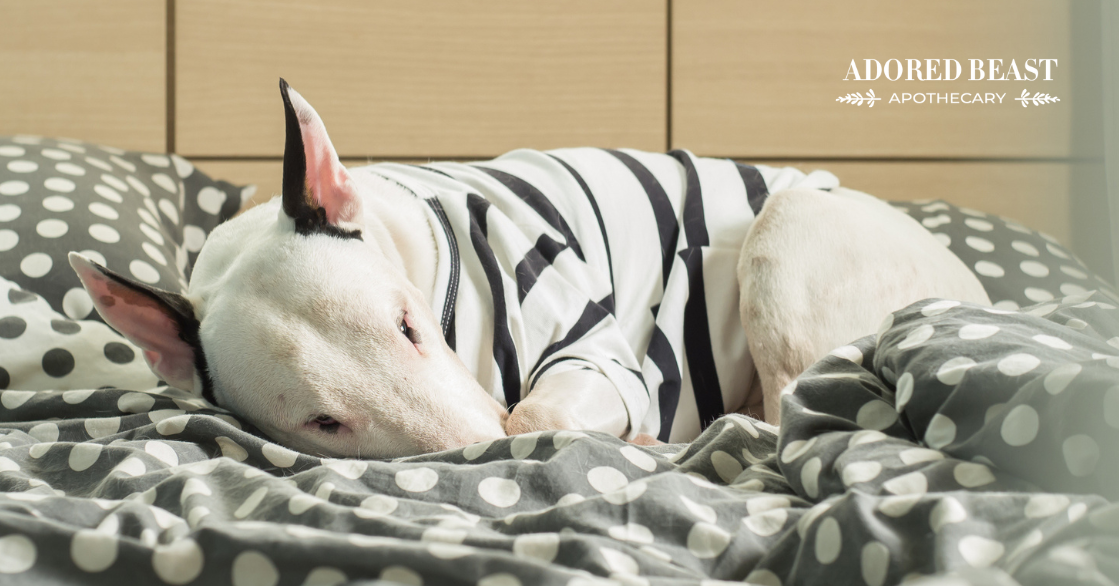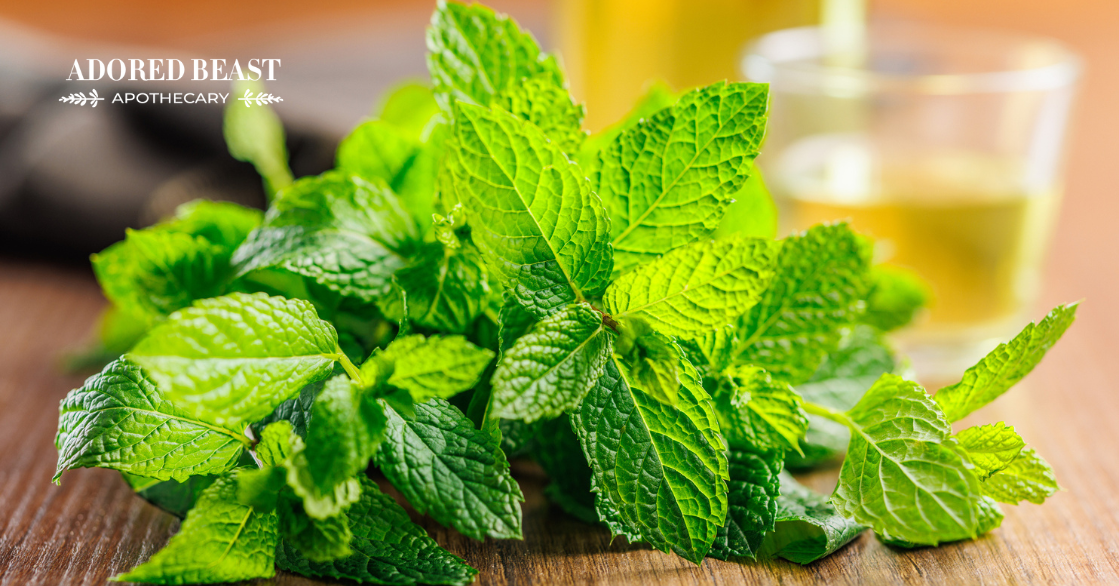We don’t like thinking about it, but sometimes our animals need to have surgery. Whether it’s something routine like a spay or neuter, a necessary procedure to address an injury, or a more complex operation, sometimes it’s what our animals need. And no matter the reason, surgery is a stressful experience for both you and your dog. As pet parents, we naturally want to do everything we can to help them recover comfortably and fully. And this blog is all about that: how to help a dog after surgery.
We’ve tried to cover everything we think is relevant: natural pain management, proper nutrition, mental stimulation, and incision care. Here’s how you can provide the best post-operative care for your furry friend.
How to Help a Dog After Surgery
There are many different ways to help a dog after surgery. These are our top tips for all-around support.
1. Natural Pain Management
Post-surgery pain management is crucial for a smooth recovery. You never want your animal to be in pain. While your veterinarian may prescribe medications, you can also explore natural options to complement their care, either as an alternative or after the course of pain meds is complete (just make sure they’re keeping the pain at bay):
- CBD Oil: Cannabidiol (CBD) is known for its anti-inflammatory and pain-relieving properties. Ensure you choose a pet-safe, high-quality product and consult your vet for dosage recommendations. Here are a few tips if you’re new to using it.
- Arnica: This homeopathic remedy can help reduce swelling and bruising. Use under veterinary guidance. Our Your Go 2 is a good choice for arnica.
- Massage Therapy: Gentle massages can alleviate tension and improve circulation, aiding recovery. Avoid areas near the incision site.
- Cold or Warm Compresses: Depending on the type of surgery, applying a cold compress can reduce swelling in the initial days, while a warm compress may help with stiffness later on.
2. Safe Space
When you bring your dog home, you want to make sure you are providing a safe space for them to recover in.
- Quiet Comfort: Your pet may be dozey and need quiet after the surgery. They may also need a few days of rest afterwards. Make sure they have a space to relax.
- Stairs: Depending on the surgery, your vet might recommend keeping your pet off the stairs for some time. This is really important. Consider blocking stairs to prevent access, and think about ways to make it easy for your pet to navigate the house (and outside as well).
3. Nutrition for Recovery
The right diet can speed up healing and strengthen your dog’s immune system. Focus on providing nutrient-rich, easily digestible foods:
- Protein-Rich Foods: Proteins are vital for tissue repair. Consider lean meats, fish, or high-quality dog food with a focus on protein content.
- Bone Broth: A soothing, nutrient-dense option that’s easy to digest and packed with amino acids to support healing.
- Omega-3 Fatty Acids: Found in fish oils, these can reduce inflammation and support overall recovery.
- Antioxidant-Rich Vegetables: Foods like sweet potatoes, carrots, and spinach provide vitamins A and C to boost immunity.
- Probiotics: Support your dog’s gut health, which is often disrupted by antibiotics given post-surgery.
- Pumpkin: Sometimes, surgery can lead to constipation, and extra fibre can help keep things moving smoothly. Pure pumpkin puree is easy on the tummy, supports digestion, and is a simple addition to the food bowl.
4. Keeping Your Dog Calm and Entertained
Post-surgery rest is essential, but keeping a dog calm and entertained can be challenging. Don’t rust exercise – if your vet says a week of no walks, listen. Here are some low-energy activities:
- Interactive Toys: Puzzle feeders or treat-dispensing toys can keep them mentally stimulated without physical exertion.
- Snuffle Mats: These encourage foraging behavior, providing enrichment while they remain stationary.
- Chew Toys: Opt for safe, non-aggressive chews to keep their mouth busy.
- Calming Music or Audiobooks: Soothing sounds can help keep your dog relaxed.
- Training Sessions: Teach gentle, non-strenuous tricks or commands to keep their mind engaged.
5. Protecting Incisions
Preventing your dog from licking or scratching their incision is vital to avoid infections or complications. Here are some effective options:
- Elizabethan Collars (E-Collars): The classic cone may not be the most comfortable, but it’s highly effective.
- Soft Collars: These are a more comfortable alternative to traditional E-collars and can still prevent access to the incision.
- Surgical Suits or Onesies: Specialized recovery suits provide full coverage of the incision area, protecting it while allowing freedom of movement.
- Bandages and Wraps: If appropriate for the location of the incision, your vet may recommend a protective bandage or wrap.
6. Supplements to Detox
After surgery, you want to give the body all the extra support to clean it out. Anesthesia, pain meds, antibiotics: these may all be necessary, so you don’t want to skip them. What you do want to do is help clean the body out once they’re complete! You want to really focus on the liver and the kidneys – they’re the body’s primary filtering organs.
- Detoxing Herbs: Several herbs have cleansing properties, including milk thistle, dandelion root, and even parsley. Our Liver Tonic is a great choice here.
- Humid and Fulvic Acid: These ancient minerals are natural detoxifiers, helping to remove heavy metals, toxins, and other harmful substances from the body. This can support your animal’s liver and kidney function, promoting overall health and vitality. For these, we’d recommend Fido’s Flora or Soil & Sea.
When it comes to how to help a dog after surgery, it is a team effort between you, your veterinarian, and your adored beast. By combining natural remedies, proper nutrition, mental enrichment, and thoughtful incision care, you can support your dog holistically and ensure a smooth recovery. With your care and attention, your dog will be back on their paws in no time!












